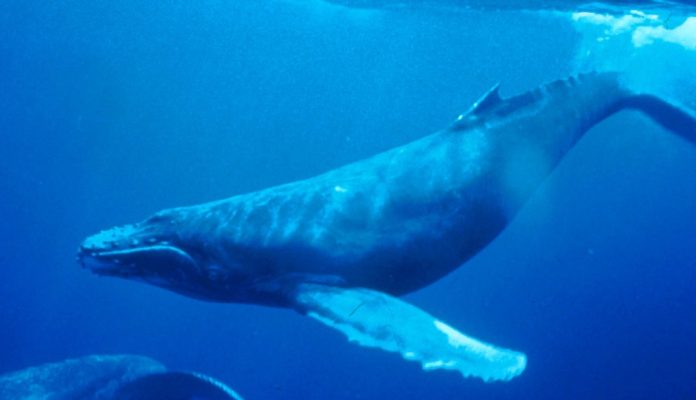In a groundbreaking revelation from the marine world, recent observations have brought to light a fascinating aspect of humpback whale behavior that challenges our traditional views on animal sexuality. The Guardian’s Philip Hoare shared insights into a study confirming the first documented case of male-to-male sexual interactions among humpback whales near Hawaii in 2022. This discovery not only adds a new dimension to our understanding of these majestic creatures but also invites us to reconsider the complexities of sexuality in the natural world.
The Sensuous Nature of Whales
Whales, with their immense size and gentle demeanors, have long fascinated humans. But it’s not just their physical attributes that demand attention; their social and sexual behaviors reveal a depth of sensuality and complexity. The recent study underscores this point, showcasing the broad spectrum of sexual behaviors among whales that defy human-imposed norms.
Whales’ interactions, especially those involving intimacy, are not mere acts of reproduction but rather intricate dances of social bonding and pleasure. These creatures, known for their highly sensitive bodies, engage in hours of social meetings, where physical contact plays a significant role. Observations of sperm, humpback, and right whales reveal a world where gender and sexual orientation are fluid concepts, with same-sex interactions being a natural part of their social fabric.
Challenging Human Perceptions
The documented encounter between two male humpback whales, characterized by a clear sexual component, brings to light the diversity of sexual behaviors in the animal kingdom. Such findings are pivotal, as they challenge the traditional binary views on sexuality and encourage a broader understanding of natural behaviors.
This diversity is not limited to humpback whales. Across the animal kingdom, numerous species exhibit behaviors that would be considered non-heteronormative in human societies. From male orcas engaging in intimate rubbing to female sperm whales forming close-knit, matriarchal societies, the natural world is replete with examples that defy conventional categorizations of gender and sexuality.
Broader Implications
The significance of these observations extends beyond the realms of marine biology and into the broader discourse on sexuality and gender identity. The natural diversity in sexual behaviors among animals serves as a powerful reminder of the spectrum of sexuality that exists across all living beings. It challenges us to reconsider our preconceptions and to approach the topic with a more inclusive and open-minded perspective.
Historically, such findings have had tangible impacts on human societies. For instance, Bruce Bagemihl’s “Biological Exuberance,” which catalogs instances of homosexuality across hundreds of animal species, was cited in a landmark US Supreme Court case, highlighting the natural occurrence of such behaviors and challenging discriminatory laws.
Literature and the Queer Sea
The queerness of the sea and its inhabitants has also found reflections in literature and culture. Herman Melville’s “Moby-Dick,” with its rich tapestry of characters and their diverse sexualities, mirrors the sensuality and mysterious allure of the whales themselves. The sea, in its vastness and depth, emerges as a metaphor for the fluidity of gender and sexuality, a theme that resonates with the findings from the marine world.
Related: How to Find Your Gay Community Spaces
Embracing Diversity
As we delve deeper into the lives of whales and other marine creatures, we’re reminded of the richness of nature’s diversity. The sea, with its queer inhabitants, stands as a testament to the boundless variations of life and love. In recognizing and celebrating these natural phenomena, we can learn valuable lessons about acceptance, diversity, and the beauty of life in all its forms.
In conclusion, the documented male-to-male sexual behavior among humpback whales is more than a mere scientific observation; it’s a profound reminder of the complexity and diversity of life on Earth. As we continue to explore the natural world, let us do so with an open heart and mind, ready to embrace the full spectrum of nature’s wonders.
Related: Coming Out: New Beginnings in Later Life



